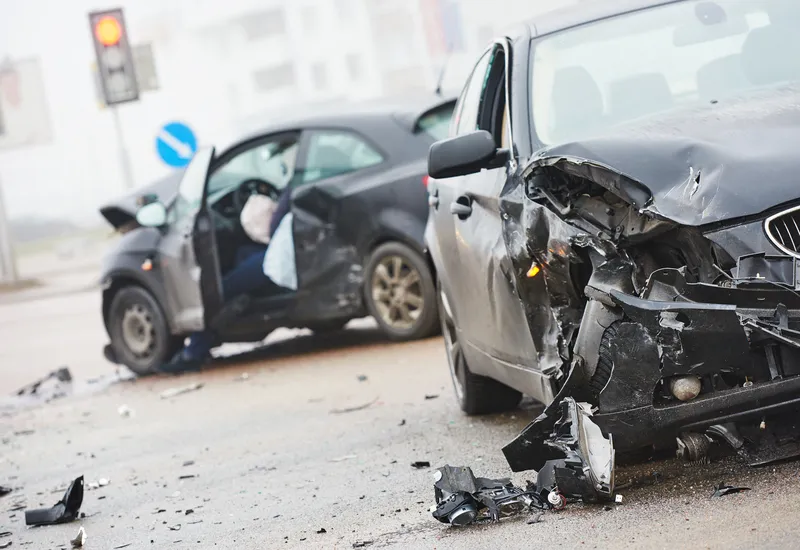The estimated deaths during the first six months of 2017 still are eight per cent higher than the 2015 six-month estimates, and the final six months of the calendar year – July to December – tend to be deadlier than the first six. An estimated 18,680 people have been killed on U.S. roads since January and 2.1 million were seriously injured. The total estimated cost of these deaths and injuries is US$191 billion.
"The price of our cultural complacency is more than a hundred fatalities each day," said Deborah A.P. Hersman, president and CEO of the National Safety Council. "Although the numbers may be levelling off, the Road to Zero deaths will require accelerating improvements in technology, engaging drivers and investing in our infrastructure."
The National Safety Council has tracked fatality trends and issued estimates for nearly 100 years. Last winter, the Council estimated as many as 40,000 people were killed on the roads in 2016, a six per cent rise over 2015 and the largest two-year percentage increase in deaths in 53 years. Those estimates, as well as the 2017 preliminary estimates, are subject to slight increases and decreases as the data mature.
Factors impacting motor vehicle fatality trends include an improved economy and lower gas prices, both of which have helped fuel a 1.7 percent increase in miles driven from 2016 to 2017.
US motor vehicle deaths drop slightly in first half of 2017, but remain higher than two years ago
Preliminary estimates from the National Safety Council indicate motor vehicle deaths in the first six months of 2017 are one per cent lower than they were during the same six-month period in 2016. However, it says the country is fresh off the steepest estimated two-year increase in motor vehicle deaths since 1964 and it is too early to conclude whether the upward trend is over. The estimated deaths during the first six months of 2017 still are eight per cent higher than the 2015 six-month estimates, and the
August 17, 2017
Read time: 2 mins
Preliminary estimates from the 4953 National Safety Council indicate motor vehicle deaths in the first six months of 2017 are one per cent lower than they were during the same six-month period in 2016. However, it says the country is fresh off the steepest estimated two-year increase in motor vehicle deaths since 1964 and it is too early to conclude whether the upward trend is over.








